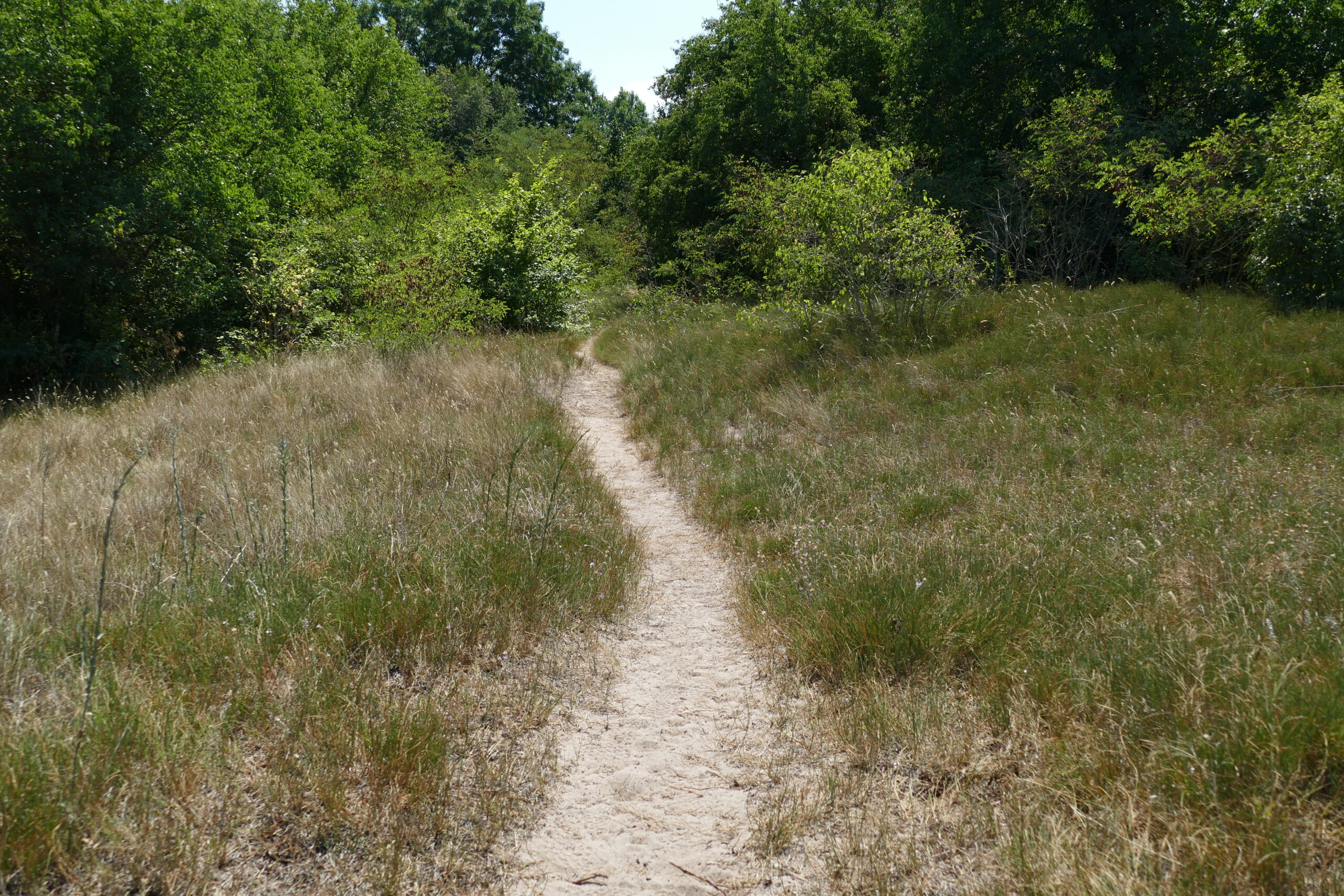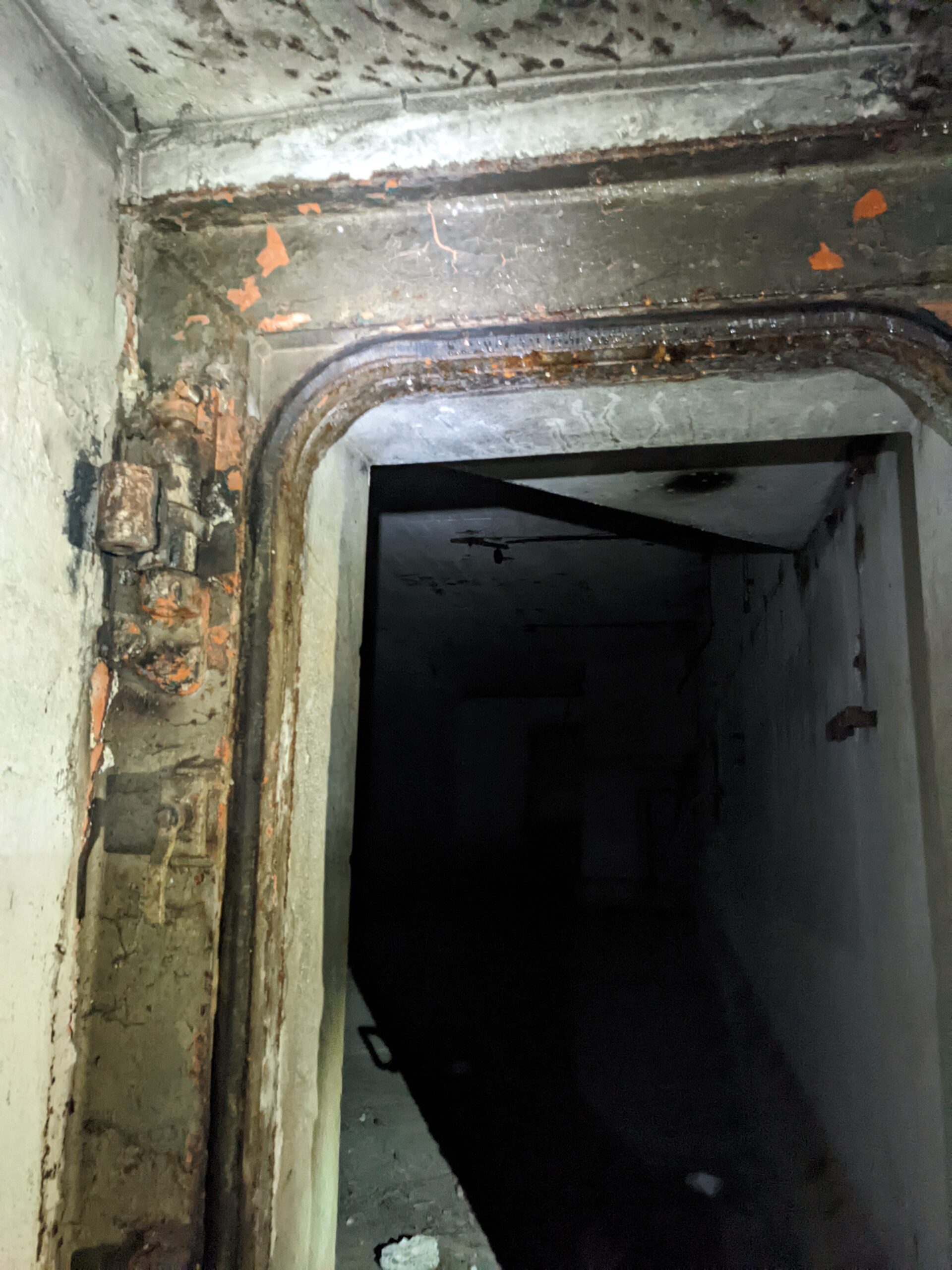We visited the Agigea Ornithological Observatory on the Romanian Black sea coast to talk about why ringing birds is so important and what we can learn from it. What we did not expect is to learn about the 100-year-old protected sand dunes located in a very strategic place, that, against all odds, survived a world war as well as the long era communism.
The sand dunes of Agigea take us back in time
The biological research station is located next to a very special protected area, which Emanuel Baltag, coordinator of the station shows us between two ringing sessions. The ‘Dunele Marine de la Agigea’ (sea dunes of Agigea) are the only natural sea sand dunes left on the entire Romanian coastline outside the Danube Delta. They are the only ones left, because the rest of the coast was turned into properties for guesthouses, hotels, resorts and all kinds of other constructions.
The sand dunes of Agigea survived the test of time only because they have been protected by Prof. Dr. Ioan Borcea in 1926 through the establishment of a Marine Biological Station, and the area received the status of a Romanian natural reserve in 1938. Many decades later, the protected area was also designated as a Natura 2000 site.
Emanuel shows us around the dunes, of which only 10.55 ha remain even though the protected initially covered 20 ha. These sand dunes form one of the oldest protected areas in Romania and showcase a habitat type that was dominant across most of the Romanian coast about 100 years ago. “Most of the plants you see here can no longer be found in other areas within the country. For example for the Ephedra vulgaris, a species typical for extremely arid regions, it is actually the most important habitat in Romania. We have the critically endangered Convolvulus persicus, another very rare species. Basically, we have plants that can be found nowhere else or only in very small numbers.” explains Emanuel.
These sand dunes are a window into the past, helping to understand what the Romanian coast was like in the past, and how different processes can transform it in only hundred years. And indeed, humans have left their mark here. As we walk through the area, the port of Constanta towers over the horizon in almost all directions. In the past, this protected area was not always welcome.

Standing in the way of military operations
During World War II, the Ministry of War wanted to build a defence system in Agigea. Professor Ioan Borcea, the one who established the reserve, was the one who spoke out strongly for the reserve not to be destroyed.
In the end, he partly succeeded in convincing the king. As the reserve is in such a strategic location to protect the Constanta port, a defence system was built on and underneath the dunes, but the reserve was not completely destroyed. In fact, most of it was closed down to the soldiers. The four firing batteries are connected with an underground system of tunnels and chambers. We get a rather surprising excursion through a protected area, as Emanuel leads us through the tunnel system. He explains that in the future, the Marine Biological Station plans to create a museum here and open this piece of history to the public.
After WWII, the fortification was used by the communist party. In the 60s, the port of Constanta started growing rapidly as important infrastructure to transfer oil and goods across the Black sea. On parallel, a huge 60km-long canal was dug to connect the port directly to the Danube. In that time, the station was used to host administration and workers for these massive construction projects. Barracks were built in the dunes, of which only the concrete foundations remain today. The Constanta port eventually did not only surround the dunes from all sides, but also grew into the sea, which changed the wind conditions in the dunes. Nowadays, not enough wind arrives to the sand dunes to move the sand constantly, which has given invasive bushes, trees and steppe species the chance to take over a big part of the dunes. Subsequently, characteristic species for the sand dunes have very limited habitat currently.
To restore as much of the protected dunes as possible, the station started a new project. They remove all invasive species including bushes, trees and annual plants to create open sand dunes again, where endemic species will hopefully spread successfully.
Legal protection prevents destruction
This island of biodiversity encapsulated in the gigantic port of Constanta and on top of a military defense system shows us how important it is to put areas of natural value under protection. And how crucial it is to continuously fight for their protection. A healthy protected area is not a standalone piece of land, not a closed zoo – nature dynamics don’t follow human borders, which means that whatever happens outside the protected area influences processes inside. When it comes to the sand dunes of Agigea, humans have managed to destroy almost all nature around it under the flag of development. Now with increased restoration efforts, the sand dunes can return to their close-to-natural state, taking us back in time, and showing us what we have lost in nature throughout our efforts of growth. And it can show us that legal protection is the most important precondition to prevent destruction by humans.














